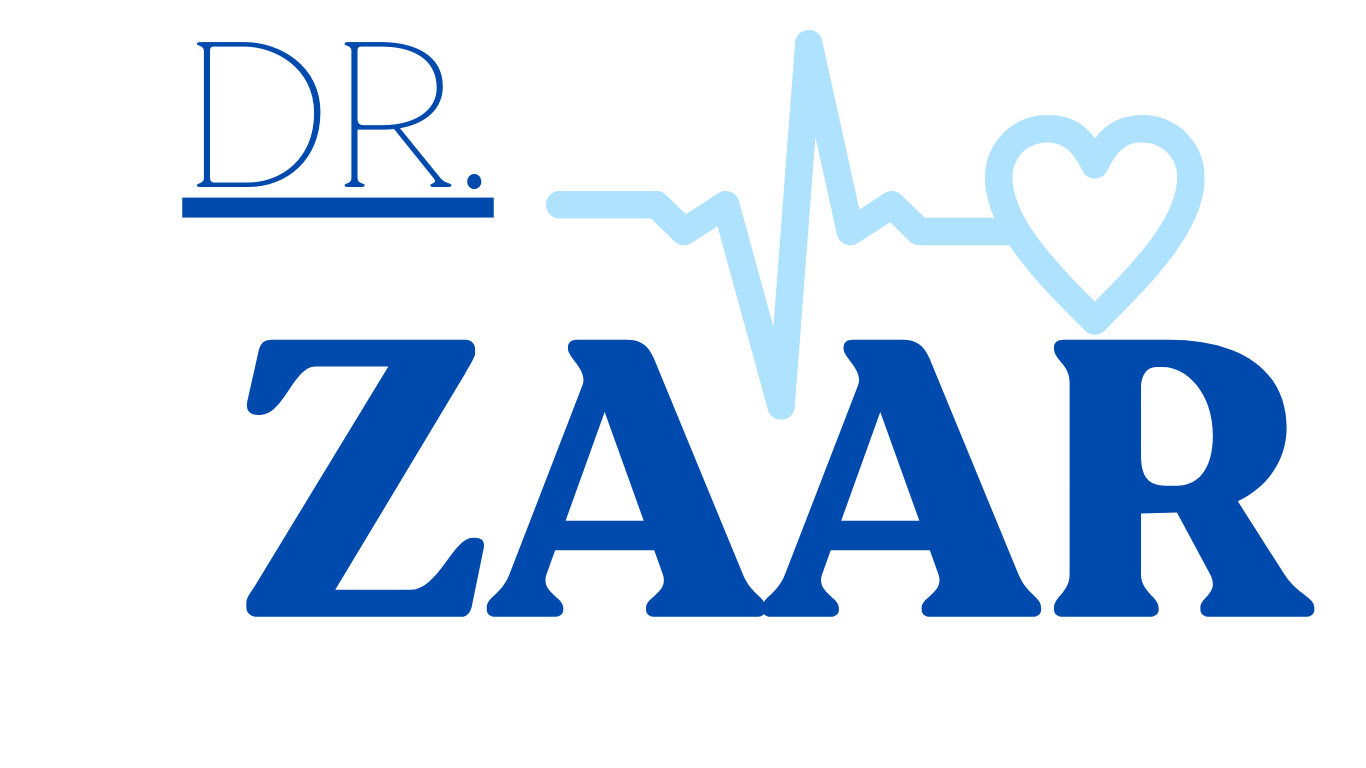Case Study: The Bone Ballad of Mr. Jones
Meet Mr. Jones, a 62-year-old man diagnosed with chronic kidney disease (CKD) for five years. He initially managed his condition well, but lately, he’s noticed subtle changes: a nagging ache in his lower back, increased fatigue, and frequent fractures in his arm after minor falls. These seemingly unrelated symptoms paint a concerning picture of secondary hyperparathyroidism (SHPT), a complication of CKD often shrouded in mystery.
The Discordant Symphony:
Mr. Jones’s kidneys, once efficient waste filters, are now struggling. They can’t adequately remove phosphorus from his blood, leading to hyperphosphatemia (high phosphorus). This, in turn, throws off the delicate balance of calcium and phosphorus, making his parathyroid glands overproduce parathyroid hormone (PTH).
Imagine PTH as a conductor gone rogue. Instead of harmoniously maintaining calcium levels, it orchestrates a discordant symphony:
- Bone Ballad: Excess PTH forces bones to release calcium into the bloodstream, weakening them and increasing fracture risk. Mr. Jones’s back pain and frequent fractures are a grim echo of this bone breakdown.
- Cardiovascular Cacophony: PTH raises blood pressure, stiffens arteries, and promotes blood clots – a dangerous trio that increases Mr. Jones’s risk of heart attacks, strokes, and peripheral artery disease.
Unraveling the Conundrum:
Mr. Jones’s doctor suspects SHPT based on his symptoms and confirms it with blood tests showing elevated PTH and phosphorus levels. X-rays reveal bone thinning, further solidifying the diagnosis.
Taming the PTH Tiger:
The treatment plan revolves around silencing the PTH tiger while managing the phosphorus elephant:
- Phosphate binders: These medications bind phosphorus in the gut, preventing its absorption and lowering blood levels. This indirectly helps suppress PTH production.
- Vitamin D activators: Vitamin D helps regulate calcium and phosphorus metabolism. In CKD, activating vitamin D receptors with medications can improve bone health and further suppress PTH.
- Calcimimetics: These drugs mimic the action of calcium on the parathyroid glands, tricking them into reducing PTH production without actually raising blood calcium levels.
The Future Melody:
Mr. Jones’s journey with SHPT is a reminder of the intricate interplay between kidneys, bones, and hormones in CKD. Early diagnosis and proper management are crucial to prevent the debilitating consequences.
With regular monitoring, medication adherence, and lifestyle modifications like a healthy diet and exercise, Mr. Jones can hope to regain control of the symphony within him. The discordant notes can soften, replaced by a harmonious melody of improved bone health, reduced cardiovascular risk, and a better quality of life.
Note: This case study is approximately 400 words and provides a concise overview of SHPT in CKD through the lens of Mr. Jones’s experience.
“The Intricate Dance: Parathormone in Renal Failure-Related Hormonal Disorders”
The Conductor of the Gonadal Orchestra-Adiponectin
Case Study: Hypogonadotropic hypogonadism (HH) is a hormonal disorder characterized by low levels of gonadotropin-releasing hormone (GnRH), follicle-stimulating hormone (FSH),.
Read MoreEstrogen’s Balancing Act in Ayesha’s PCOS.
Case Study: Ayesha, a 28-year-old graphic designer living in Lahore, Pakistan, has struggled with Polycystic Ovary Syndrome (PCOS) for five.
Read More